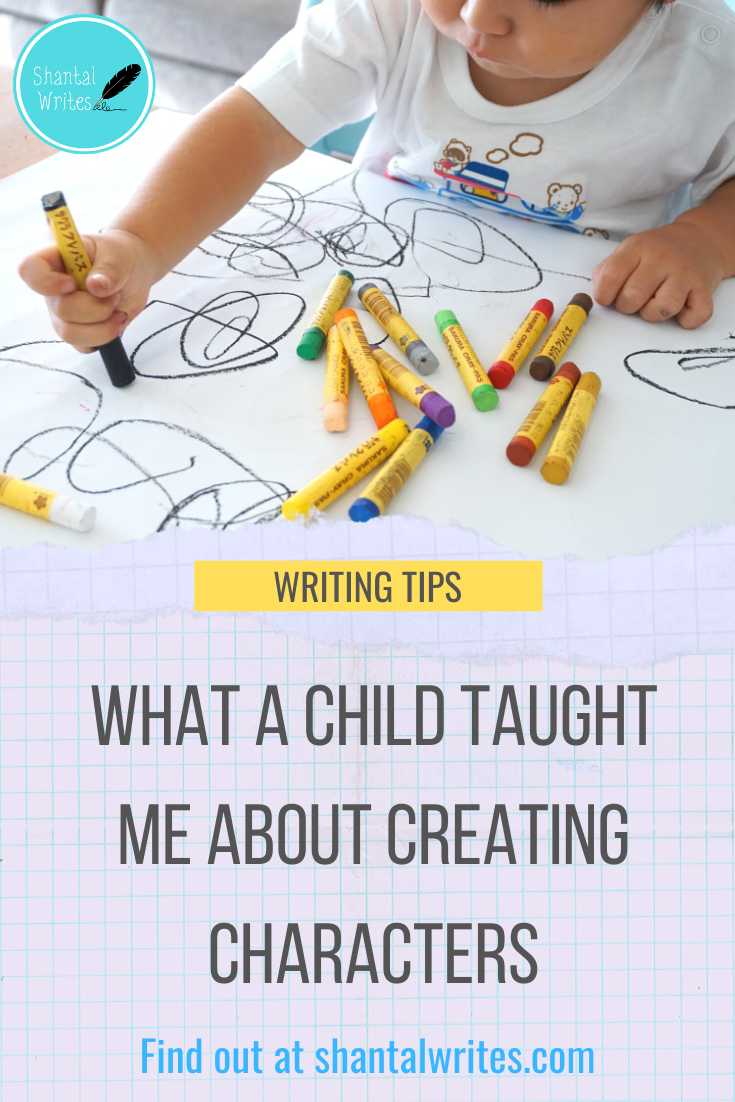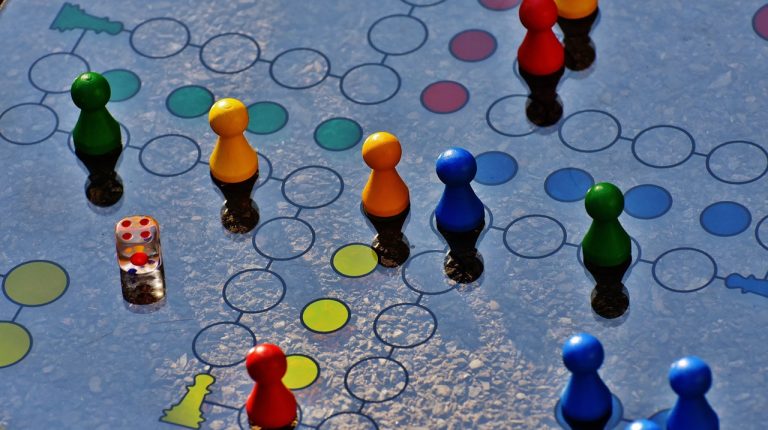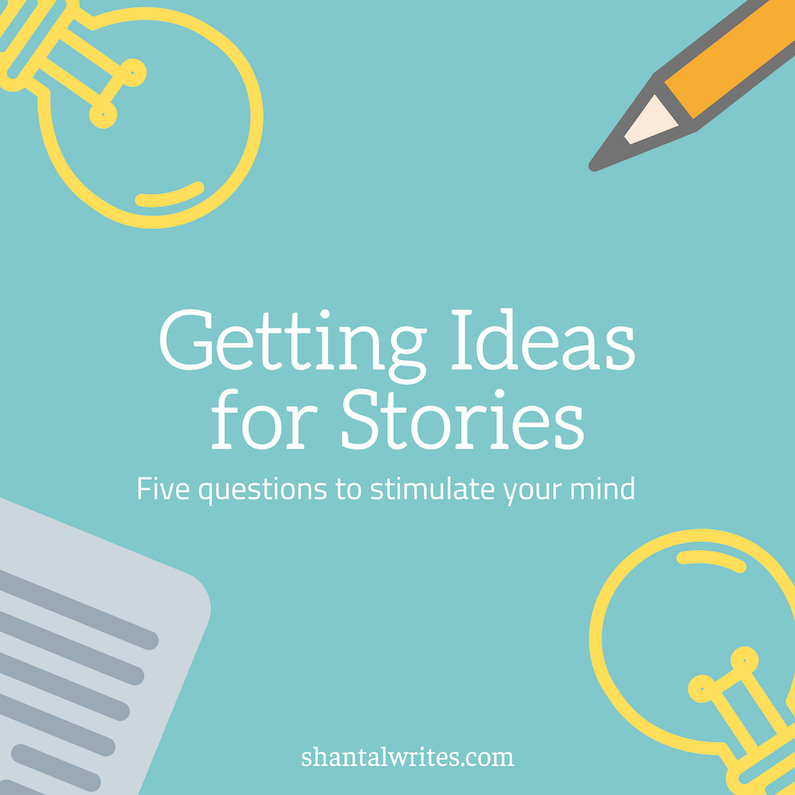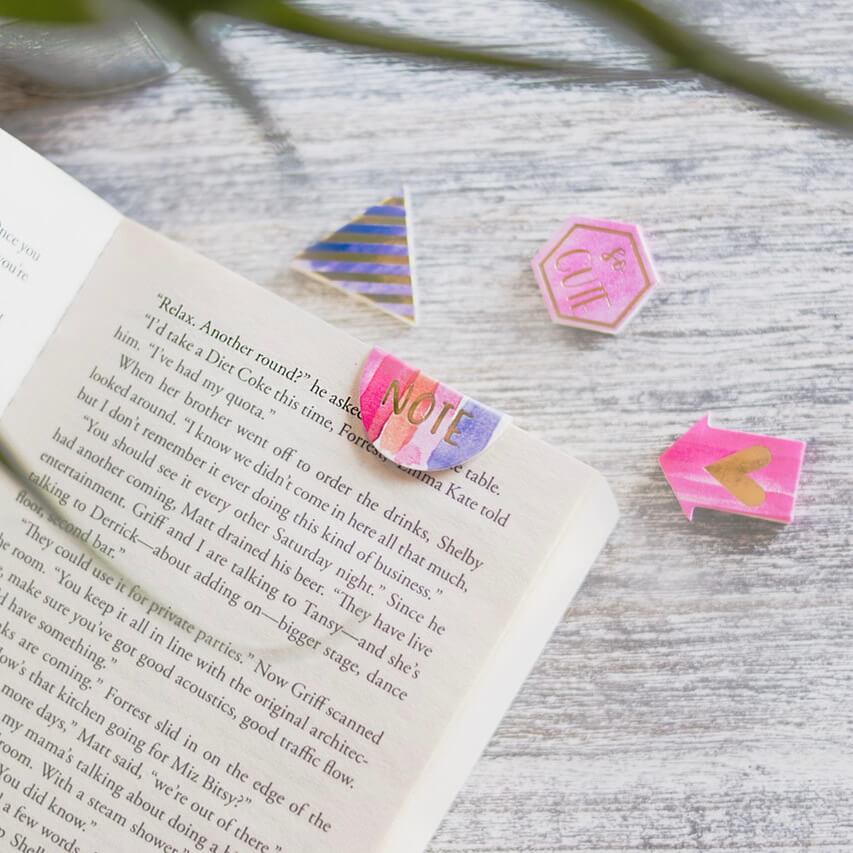
When I was a child therapist a few years ago, I had a 10-year-old client who was obsessed with RPGs (role-playing games)—it was the only way I could get him to speak to me about his day. He’d make up his own RPG; all he needed was a board game—any board game—and he was set.

Every session we played his game using a “Trouble” board game. We’d pick our colors: he was green, I was red, these were our teams. Each pawn piece was a character. He instructed me to name and give my characters a super power. So I grabbed a paper and wrote down a list of names, and next to them, I wrote a power: teleportation, invisibility, super strength. The goal was to get to the other side of the board. To do that, you had to take out the other team.
However, my client was a step ahead. While we took turns moving our pieces across the board, I noticed that he also gave his characters weaknesses. If his character, whose power was super speed, ran too fast, then he’d get stuck spinning in the same place. I acknowledged this, and ended up giving my character flaws as well. For my guy who can teleport, I made it so that he can teleport anywhere on the board, but he also has a really bad sense of direction. So, in order for him to be able to use his powers and not get lost, he had a map with coordinates. The task now was to get to each character’s weakness in order to take a character out of the game. This was great, because now it provided more of a challenge because a strength could help our characters win and a flaw could set them back.
Aside from what this game taught me about my client (he was teased at school and had a temper, so his interest in characters with powers was interesting), it also taught me a few fundamental elements of character. A character possess strengths, weaknesses and something that compensates for that weakness. Using these elements in our game added conflict, motivation and tension to the story we were building. So, let’s get into what each element is and how they function to tell a story.
Character Strength

A character strength is a trait that benefits a character positively. It’s usually a positive adjective like “charismatic”, “intelligent” or “a good public speaker.” A strength can also be a supernatural or magical ability. It is simply something your character is really good at or strong at doing/being.
Character Flaw

A character flaw or weakness is a trait that hinders your character. It is usually a negative adjective like “stingy”, “suspicious” or “impatient”. A positive trait can be a flaw as well. For instance, being too frugal can also mean “stingy”. It all depends on how you perceive the trait; whether you see it as a positive or a negative.
How They Work to Create Conflict and Tension
A character’s strength can help them navigate certain conflicts in order to get them closer to their goals. For instance, imagine a character that is charismatic, whose goal is to win a political election. If the character is in a situation where they need to convince another character to support them, they’d use their charisma to charm them into seeing them as a viable candidate. But let’s say this politician is also ignorant. At the moment, they’re ahead in the polls. They’re at some event where they’re taking the opportunity to gain an ally, when they make an ignorant remark. What happens then? They lose their support and now this person is spreading around how much of a bigot this candidate is. The stakes are raised, the tension increases as the path to their goal is complicated. Their flaw has hindered them from getting closer to their goal.
Now, I know this example is a little basic, but this is how a character’s strengths and flaws contribute to a story. There will also be a flaw that character must overcome in order to achieve their goal. This is how your character will grow as a person.
Try It
So, this is what a child taught me about creating characters. Next time you’re creating your own, think about a few strengths and weaknesses that would aid and hinder your character in achieving their goals. This is a sure-fire way to create conflict in your story.
How do you use character strengths and flaws in your story? Tell me about it in the comments below!

Hi! Shantal here. I’m a writer and a storyteller. I created Shantal Writes to share my experiences with writing fiction. I also provide new writers with tips, tools, and writing advice. I hope you find something helpful while you’re here!
More On Shantal Writes




